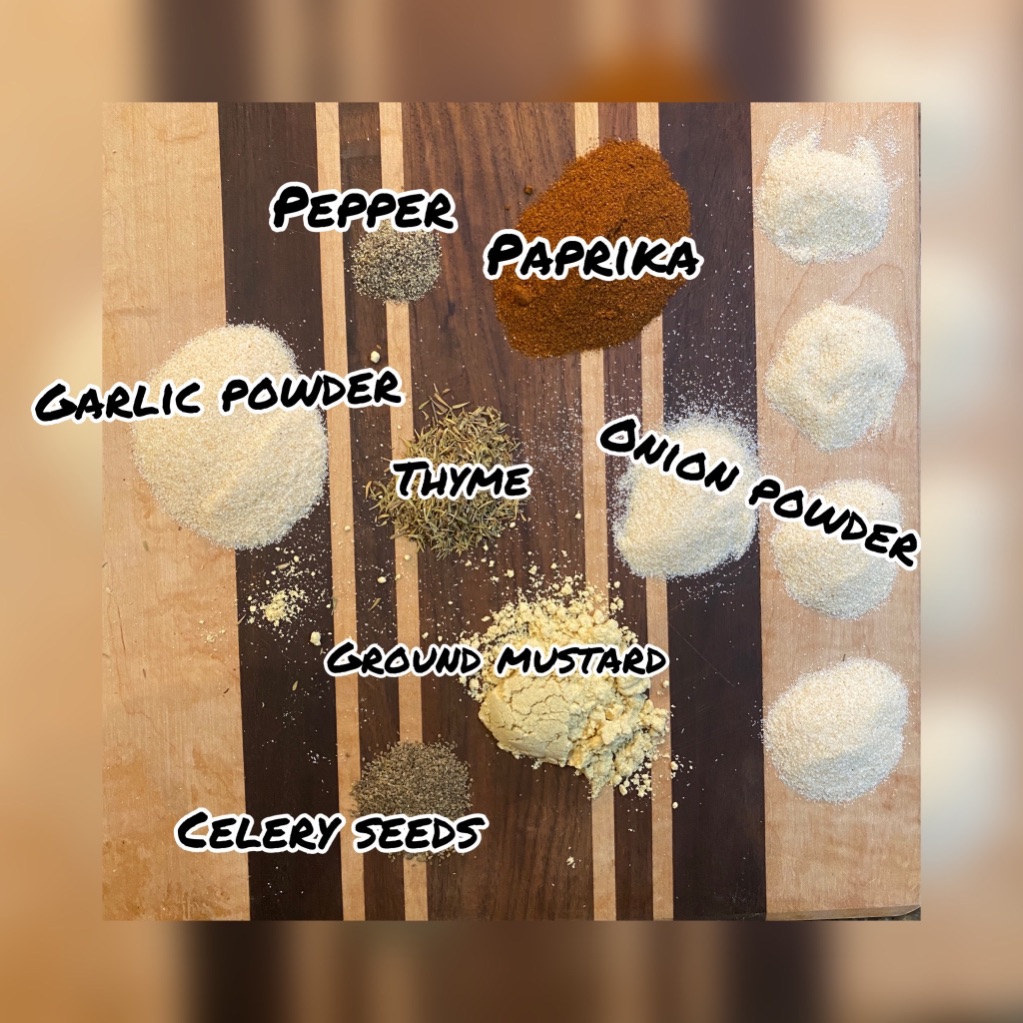Using Herbs in Cooking

Herbs are a great way to turn ordinary meals into extraordinary meals without adding extra salt, sugar, or fat. Researchers even believe that many culinary herbs have antioxidants that may help protect against diseases such as heart disease and cancer.
Herbs and spices have a long culinary history, dating back more than 2,000 years. They were known to be traded throughout the Mediterranean and Middle East. Spices were the motive for Christopher Columbus’ forays across the ocean.
Although many use the terms “spice” and “herb” interchangeably, there is a difference. Spices come from the bark, buds, fruit, roots, seeds, or stems of plants and trees. They are usually dried; garlic and gingerroot are two exceptions.
Herbs are the fragrant leaves of plants. It is possible for one plant to provide both herbs and spices. Consider the coriander plant. The seeds of the plant are combined with others to make curry powder, while the leaves of the same plant are called cilantro, or Mexican parsley.
Sorry to tell you that it may be time to clean out your spice rack. If you want optimum flavor, ground spices should be stored no longer than 3 years, and whole spices, no longer than 4 years. Herbs are best stored between 1-3 years, while seeds can last 4 years, except poppy seeds and sesame seeds, which only last 2 years. Extracts are best used within 4 years, except vanilla extract, which has an unlimited shelf life, and seasoning blends/mixes, good for 1-2 years.
How do I keep dried herbs and spices fresh?
The freshness of spices and herbs can be maintained longer if they are stored in airtight containers. Keep away from heat, moisture, and direct sunlight. These elements hasten the loss of flavor and aroma of spices and herbs. Avoid storing over the stove, dishwasher, sink or near a window. Each time you use the herb, make sure the lid is tightly closed.
Spices should not be stored in the freezer. Freezing does not extend the shelf life of regularly used dried spices and herbs. If stored in the freezer, and repeatedly removed for use, condensation will form in the bottles and accelerate loss of flavor and aroma.
When cooking with fresh herbs instead of dried, use three times as much fresh herbs as you would dried. The flavor is better when you use fresh instead of dried.
If you are purchasing herbs from the produce section of the supermarket, purchase them close to the time you plan to use them. If you are growing them in your own garden, the ideal time to pick them is in the morning after the dew had dried, but before the sun gets too hot. This helps ensure the best flavors.
How do I extend the freshness of fresh herbs?
Fresh herbs should be stored in an open or perforated plastic bag in your refrigerator crisper drawer for a few days. To extend the freshness of herbs, snip off the end of the stems on the diagonal. Place herbs in a tall glass with an inch of water, like cut flowers. Cover them loosely with a plastic bag to allow for air circulation. Place them in the refrigerator and change the water daily. Herbs may last a week or more stored this way.
When adding herbs during cooking, add them towards the end of the cooking time to preserve their flavor. More delicate herbs like basil, chives, cilantro, dill leaves, parsley, marjoram, or mint, should be added no more than 2 minutes before the end of cooking time, or sprinkle on before being served. Less delicate herbs – dill seeds, oregano, rosemary, and thyme – can be added about the last 20 minutes of cooking. For foods where the herbs have to be cooked in, such as breads, you’ll need to add them at the beginning of the cooking process.
Fresh herbs can be added to refrigerated foods several hours before serving. Allow at least a couple of hours if possible, for cold foods with herbs to chill to help the flavors blend.
Give this recipe for No Salt Seasoning a try. It is a great all-purpose spice that you can use in place of salt.
No Salt Seasoning
- 5 teaspoons onion powder
- 1 Tablespoon garlic powder
- 1 Tablespoon paprika
- 1 Tablespoon dry mustard
- 1 teaspoon dried thyme
- 1/2 teaspoon pepper
- 1/2 teaspoon celery seed
Mix all ingredients together. Store in air-tight container.